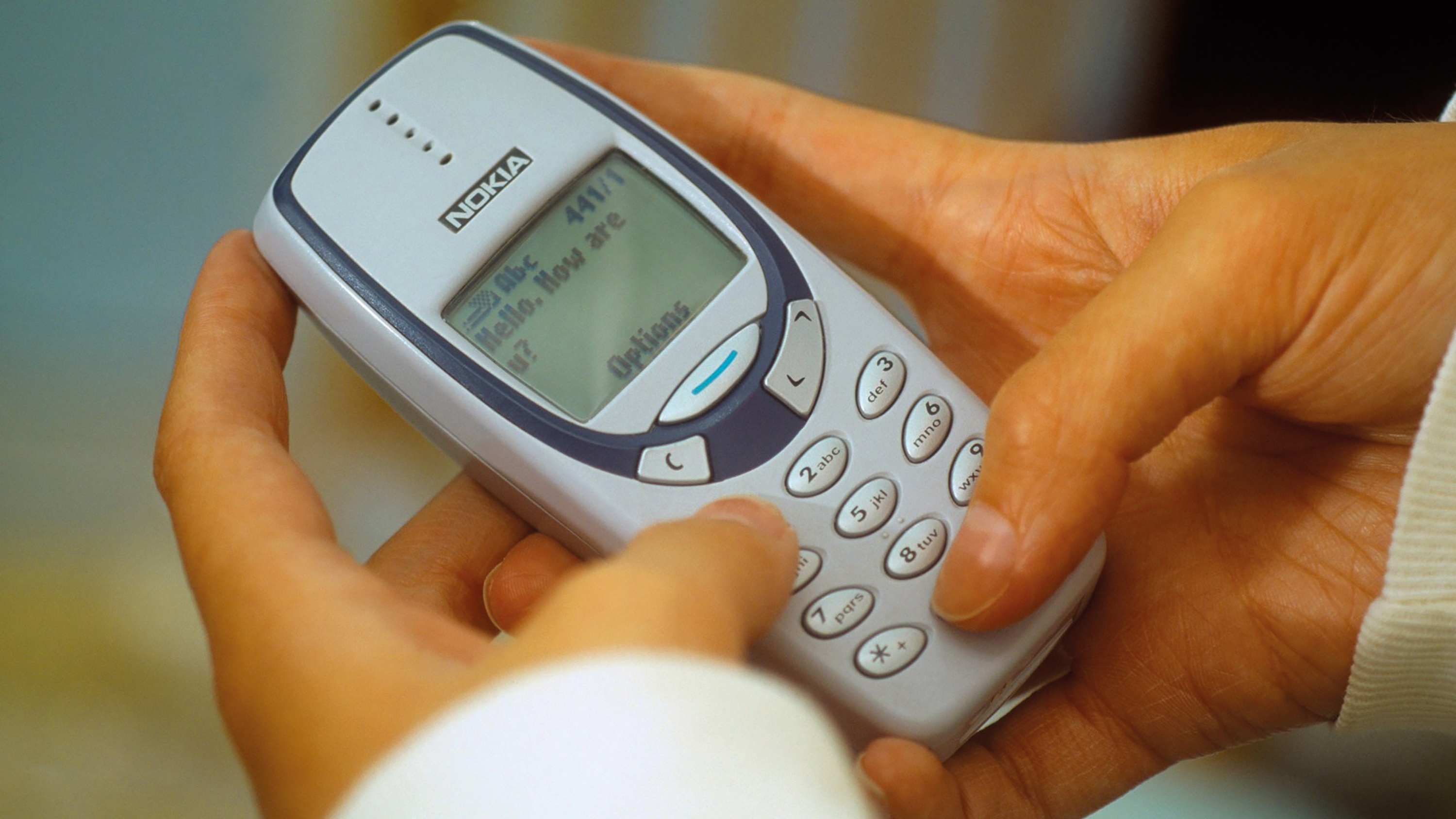It’s March 10, 1876 in Boston. Alexander Graham Bell is seated before his newly invented telephone.
Surrounded by hushed witnesses, he braces himself, clears his throat commandingly, and makes the world’s first ever telephone call. His voice travels along the world’s shortest ever telephone cable, leading into the next room, where his assistant waits. “Mr Watson – come here – I want to see you.”
It’s March 10, 1995, in Jakarta. I’m standing on a street corner in Blok M using a public telephone. It’s raining and cars passing by are splashing me. I’m covering one ear to block out the din from the traffic, and I’m shouting into the handset. I’m trying to get hold of my friend. It’s my third call. I can’t find him anywhere. I’m running out of coins. This was how we communicated over distance in those days. It was never as easy as Alexander Graham Bell made it out to be.
Those who could afford it had a phone in the comfort of their home which, unlike public kiosks, didn’t stink of stale urine, unless there was an incontinent grandmother in the family. The rest of us accepted that checking the weather forecast was part of making a call. Mind you, public payphones were only good for local or national calls. If you tried to make an international call, you’d be inserting coins into the phone faster than at a Vegas slot machine.
This was where the wartel (telephone warung) came in. In comparative comfort, you could make a long-distance call and pay the cashier the sky-high charge once you’d hung up. The walls were lined with booths – each with a plastic chair, a telephone, and a poster listing country codes. This spartan arrangement could feel like a prison visiting room, with inmates talking to loved ones separated by oceans rather than locked doors. When it got busy, the sheer number of conversations would become a distracting multinational babble.
As online forms of communication such as video chat became popular, the wartel evolved into the warnet (warung internet). The prison visiting room-like environment was unchanged – same booths, same plastic chairs – but with computers instead of telephones. You were no longer confined to voice calling. “Mr Watson – come here – I want to see you,” could now also be texted, emailed, posted, videoed, or even spoken by a fluffy, animated kitten. The warnet brought the World Wide Web to the masses, where communication expanded into social activities of all sorts, including gambling and pornography. If you saw a group of teenage boys huddled together in a warnet booth, you could be sure they weren’t doing their Maths homework.
The widespread ownership of personal handphones that would free people from the warnet wasn’t long in coming. When Captain Kirk flipped open his communicator on TV’s Star Trek and summoned a space shuttle back in the 60s, we scoffed and said, “Yeah, sure, not in a million years.” In fact, less than 50 years later we could flip open our handphone and summon a Grab car, book a flight, transfer money, and find out just about any fact. We had access to the computer banks of many Starship Enterprises.
Initially, handphones offered rudimentary services and were only owned by the well-off. They were as big as house bricks, and just as heavy. Indeed, only hod carriers ever really felt comfortable using them. Broad-shouldered financial traders stood in line at coffee stalls, brick on shoulder, shouting: “Buy! Buy! Sell! Sell!” Again, we scoffed. But soon, companies like Nokia and Ericsson were putting affordable and compact phones into the eager hands of the masses. From shop assistants to street cleaners, everyone was potentially connected to everyone else. And it was cheap.
In 2005, having missed several photo opportunities because I didn’t have a camera (a friend lying shut-eyed on a hospital trolley with oxygen prongs up his nose after a weekend of hedonistic excess), I bought my first smartphone. This was a true internet-capable, multi-functioning device. Costing a whopping Rp5 million, the Treo 500 was cutting-edge with its stubby antenna, finnicky plastic keys, and 420×240 resistive screen that required the press of a stylus or a sharp fingernail. However, as a camera it was disappointing. The image quality would have pleased only Salvador Dali or Jackson Pollock. Today, these grainy, blocky images serve adequately as memory prompts but little else.
Being indispensable and often valuable (an iPhone can cost as much as a Glock pistol, complete with 1,000 rounds of ammunition, an ornate holster and two days’ firearms training), handphones are highly stealable items. Phone snatchers on motorcycles are a scourge in most big cities. This, of course, wasn’t a problem in the old days when phones were bulky; when a thief would have found the task of snatching your phone as difficult as carrying off your washing machine. I have had five handphones stolen over the years (which to be fair, is fewer than the eight bicycles I had stolen from me in my UK hometown).
The last time, I was on the river bus in Bangkok being pinned against the railing more heavily than I should have been – the boat wasn’t crowded. I tried to free myself but the man trapping my arm wouldn’t yield. I had to yank myself free. Realising that my phone had been pickpocketed, I restrained him. I wasn’t sure what I was going to do next, just that I wasn’t going to let go of him, ever if necessary. He protested, looking like he wanted to throw me overboard. Then, another man (possibly his accomplice) pointed to the deck, where my phone was lying face-down. I picked it up and let the suspected thief go. I’d got the phone back. That was all I cared about.
This is perhaps the problem with phones nowadays. They have become too important and all-consuming. Having your phone stolen is like having your heart ripped out or your life gutted. A modern Alexander Graham Bell’s message might go: “Mr Watson – come here – I want to see you. While you’re at it, please check my mail, give me today’s news, put on some music, tell all my friends that I think the US President is a dastardly blaggard (#presblag), order me breakfast, fix me up with a date, find me the quickest route across town, and place a cute little doggie’s nose and whiskers on a public photograph of me.”







